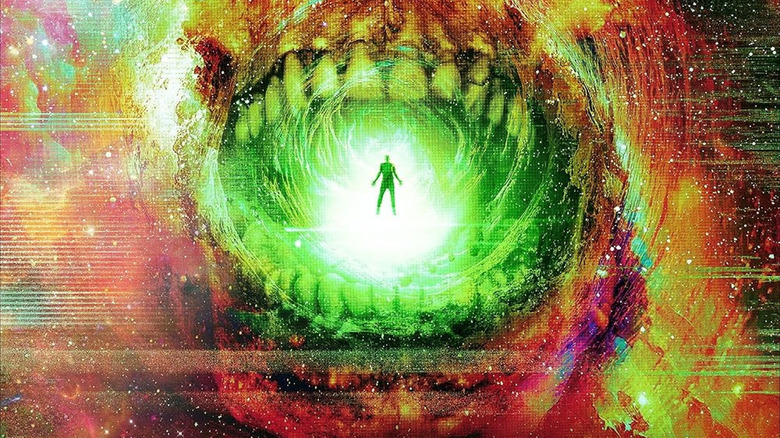Peter Bogdanovich’s debut is a great film that deserves to be studied by film scholars.
Having a blog about film and being, I keep wondering about all these movements often mentioned by real literary professionals. One of those movements was the New Hollywood. Led by some all-time favorites such as Scorsese, Spielberg, De Palma, and Coppola.
To understand its beginnings, we must be aware of the ending of the Hays Code and the case of Freedman v Maryland. Events that put an end to government-operated boards and forbade the banning of films. In other words, a new generation of filmmakers are given freedom of speech. Thus, they could make films like those they’d discovered from overseas.
Which Film Started the Movement
Some may argue that the movement started with Arthur Penn’s Bonnie and Clyde. Others than the sexy Mike Nichols film The Graduate. And Peter Fonda’s Easy Rider is an American classic revered as one of the films that revolutionized Hollywood. After watching this film, I can say that, perhaps, it’s the one that started it all, Peter Bogdanovich’s debut, Targets.
Targets may be considered a masterpiece for the reasons we all agree on. It marks the end of the old horror genre with monsters on a castle. And welcomes a new realistic side of horror. Brilliantly enough, legendary horror hero Boris Karloff himself plays a retiring actor. Giving a meta-commentary on the new direction in the movie business.
Comparisons to Once Upon a Time In Hollywood
It is more interesting to see the comparisons with Once Upon a Time in Hollywood, a film that experts consider one of the first Meta-Modern works. The similarities between DiCaprio’s and Karloff’s characters are evident as both Bogdanovich and Tarantino portray a tired artist while deconstructing horror and Western films. In both cases, the monsters are real. In Once Upon a Time in Hollywood, that meant kids pay more attention to someone like Charles Manson, and in Targets, the kid can become the real monster himself. Like, for example, in real life at the time, Charles Manson.
No more good cowboys winning or fantastic monsters in castles. There’s a new Hollywood with an audience that wants something realistic and a new class of filmmakers inspired by predecessors who didn’t back out from telling a bold story. Hence, Tarantino telling that story in Once Upon a Time in Hollywood 50 years later. Most importantly, Peter Bogdanovich and screenwriter Polly Platt, with the help of Roger Corman, kickstarted the New Hollywood movement by telling a story in real time.

Also a Companion To Bogdanovich’s Sophomore Film
On the other hand, this classic can also work as a companion for Bogdanovich’s follow-up, The Last Picture Show. In The Last Picture Show, the Texas small-town kids succumb to sex. It’s all about their sexual experience as much as it is about them wanting to leave town. In Targets, it’s also about a young man losing his innocence. But rather than succumbing to cougars and sex parties, he succumbs to violence, to kill unsuspecting people, and would’ve been that guy starting a cult, just like Charles Manson.
No matter how we see it, Peter Bogdanovich’s full-length debut is a landmark in American cinema. A film that accurately depicted a true devil and was self-aware that a new wave of filmmakers would approach the industry.



